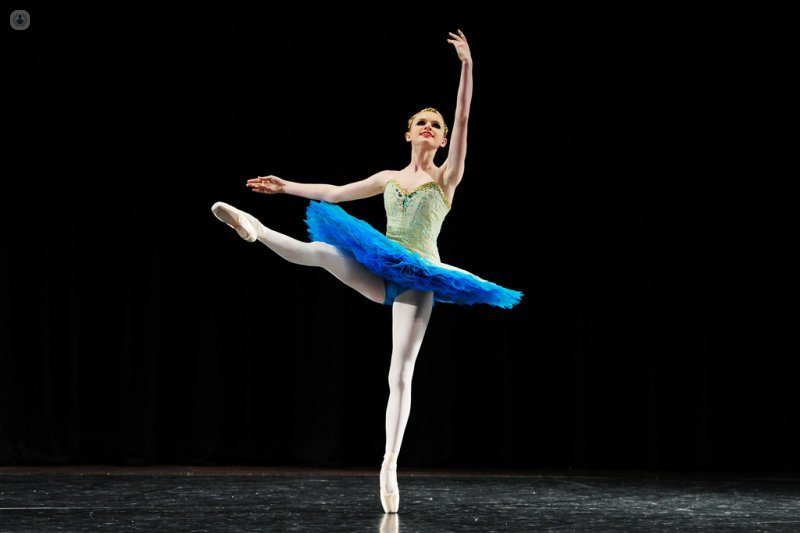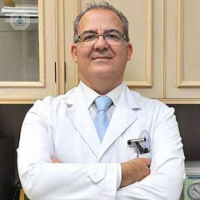What injuries usually a dancer?
Written by:The practice of sport at high intensity implies some wear and, consequently, an increase likely to suffer some kind of injury. In most sports, the legs are the support that allows the execution of the activity, such as in the case of dance.
 Frequent injuries dance
Frequent injuries dance
Lesions mainly suffers dance dancer occur more frequently in the lumbar spine and lower extremities, since they are the areas with more overhead during the execution of the choreography and rehearsals.
At the level of the column most often they are the mechanical back pain, not to mention injuries to level intervertebral discs, ie of herniated discs.
Regarding the area of the foot they are common flexor tendinitis first finger, Achilles tendinitis and stress fractures of the 2nd metatarsal because the area is more resistant movements and weight. Other common injuries are Sesamoiditis, inflammation of the small bone that functions as a pulley for tendons and whose function is to allow the toe to the action of "leverage" when walking or running. In addition to the partial tears of the plantar fascia, elastic tissue at the sole.
Importantly, we must not confuse the lesions with deformities. The most common last these is the hallux valgus, also called Foot and bunion is a foot anatomical adaptation to the ballet.
If we follow up are common traumatic knee injuries, meniscal or ligament, or those caused by overload as patellofemoral pain syndrome. The bursitis anserine or patella, inflammation of the bursae in these areas can be in many traumatic times due to falls.
Hip hip we find in spring and overload synovitis and arthritis.
Injury Prevention
To keep our body free of injuries, the most important is to influence risk factors.
Therefore, avoid muscle imbalances in the quadriceps and hamstrings and correct anatomical abnormalities that can cause injuries. It is also important to be especially careful with certain agents such as art at the time of performing the exercises, the surface on which the shoes are made or maladaptive.
As in other sports, spend time stretching and muscle warming proportional to the work that will be done will also help prevent injuries commented. In addition to conducting a proper preliminary examination of the locomotor system to rule out certain diseases of the spine, knees, hips, feet; detect alterations in elasticity, strength or proprioception.
Work at the tip or middle toe should be done after proper adaptation of this part and exquisite learning the technique.
It is essential proper physical preparation to compensate for excess lordosis, increased curvature of the spine, in gestures like arabesque, or muscle deficits.
Today there are many techniques of body work, such as Pilates and others, the dancer incorporates into his routine body work aimed at preventing injuries.
Treatment of injuries
Most lesions are treated by the specialist in Sports Medicine conservatively. Physical therapy is essential, without ruling out other therapies such as mesotherapy or infiltrations with hyaluronic acid or growth factors, the latter widely used in recent years. Despite the different methods currently existing in some cases required surgical treatment should be.
How dance affects the body
The differences are not many regarding the impact that can have other sports. However, there is one aspect which is inseparable from dance as is pointe work. Today it is known that this work should not be initiated early, before age 12, the consequences that can lead to the body of the dancer or dancer.
Edited by Roser Berner Ubasos.



